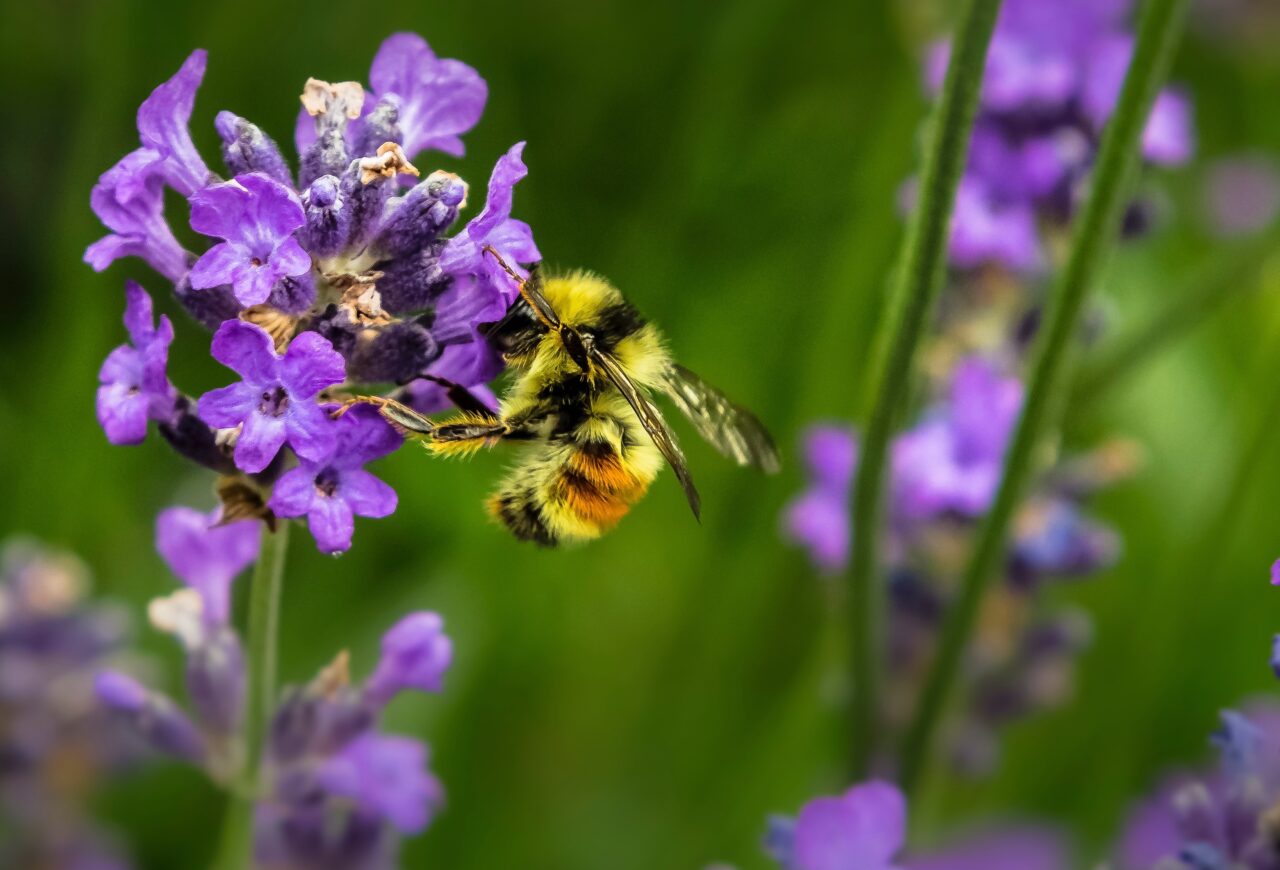Phenix Capital’s latest report highlights the dramatic shortfall in investment needed to sustainably manage biodiversity and maintain the integrity of the Earth’s ecosystems.

The latest report from Phenix Capital Group (Phenix Capital) reveals that since 2015, €223bn has been committed to biodiversity-related themes tracked by the firm’s database of impact funds.
‘Impact Report: Biodiversity Funds at a Glance’ found that the number of funds targeting biodiversity, which includes funds that track SDG 15 – Life on Land, SDG 2 – Zero Hunger, SDG 6 – Clean Water, and SDG 14 – Life below Water, have increased 234%, from 323 funds in 2015 to 1080 funds in 2024. These funds are managed by 566 different fund managers and account for 40.4% of impact funds in the database today.
Despite the absence of a SDG dedicated specifically to biological diversity, the report’s authors say investors should be aware of biodiversity’s interconnectedness to nearly all the SDGs, primarily Climate Action (SDG 13), which they can support by investing in regenerative, sustainable and circular practices.
The report quotes figures from BloombergNEF’s Biodiversity Finance Factbook, which reveal that financing explicitly to protect and restore fragile natural resources currently amounts to $166bn (€155bn) per year, less than one-sixth of the annual investment in the energy transition. This would need to jump to almost $1trn by 2030 to sustainably manage biodiversity and maintain the integrity of ecosystems.

Interviewed in the report, Phenix Capital’s CEO Dirk Meuleman said: “Last year was a big year for putting biodiversity in the headlines, but we don’t have time to waste. It might cost more than a trillion to safeguard biodiversity, but the ultimate cost of inaction could be extinction. The good news is as this year’s biodiversity report shows, the number of financial first impact funds in the space are growing in response to investor demand for biodiversity return-driven investment solutions. Now all we need to do is up the ante.”
The report’s authors also highlight the opportunity for investors to take action and help to close the financing gap with 567 funds currently open for investment – equal to 21% of all impact funds in the database – and targeting a total of €129bn.
Real assets and private equity
Biodiversity is perhaps most obviously associated with SDG 15 and SDG 14. For funds targeting these themes, real assets, with 131 funds, and private equity, with 120 funds, are the most popular asset classes.
In terms of geography, biodiversity funds focused on Oceania (53%), Central and South America (47%) and North America (46%) have a preference for investing in real assets, while funds in Europe (55%), the Middle East (54%) and Asia (43%) have a preference for private equity. Biodiversity funds in Africa have an even split of 42% invested in both asset classes.
At a more granular level, the report looks at the composition of all biodiversity-linked funds investing in real assets, which with 12% of the total is the most popular asset class, finding that forest and timberland funds are the most dominant subcategory globally.
For North America, 75% of the biodiversity funds fall into this category, while for Central and South America, and Europe the percentage is 70% and 58%, respectively.
Farmland and cropland funds are the next most popular real asset subcategory, with 40% of the Africa focused funds in this category, while for Oceana and Asia the percentage is 33% and 28%, respectively.
The economic context
The report also highlights the economic rationale for investing in biodiversity and biodiversity-linked funds, with more than 55% of the world’s $58trn in gross domestic product (GDP) either highly or moderately dependent on nature.
In spite of this, according the latest UN Environment Programme (UNEP) State of Finance for Nature report, some $7trn is invested globally each year in activities that have a direct negative impact on nature from both public and private sector sources, equivalent to roughly 7% of global GDP.
On top of this, the report’s authors point to estimates of global GDP being $2.7trn a year lower than projected levels by 2030 due to biodiversity loss.
“Quite simply, biodiversity is in crisis. There has been a nearly 70% decline in wildlife populations in just 50 years. That is just one fraction of the biodiversity destruction that is happening on the planet right now, and the pace is accelerating at an alarming rate,” said Meuleman who explains in the interview that the majority of financing and innovation to date has come from the public sector.
“According to the UNEP report, private finance only accounted for less than 15%, including capital mobilised through sustainable agricultural and forestry supply chains, private equity investments, biodiversity offsets financed by private sectors, philanthropic capital, private finance leveraged by multilateral organisations and forest and other land use-related carbon markets.”
However, Meuleman believes that there is an opportunity for private investors to take action.
“Now it is up to investors and asset managers to push for more investment opportunities to seek to make a positive impact. While there are currently opportunities in the listed sector, I strongly believe that it’s possible to invest to protect biodiversity while earning a financial return in private markets, particularly private equity is the way to do this.”





